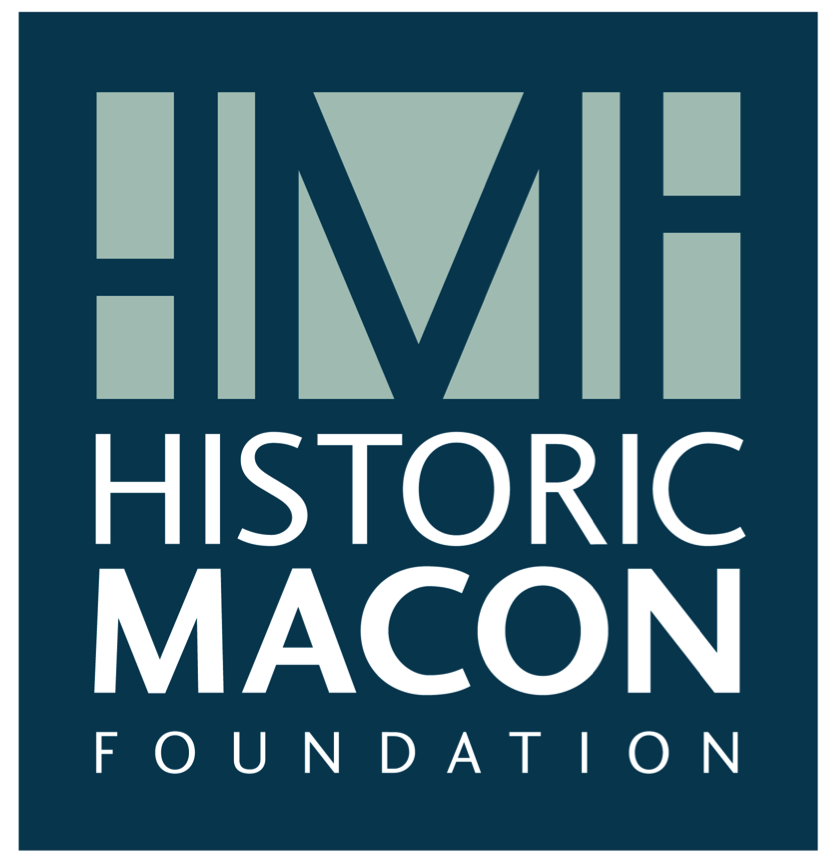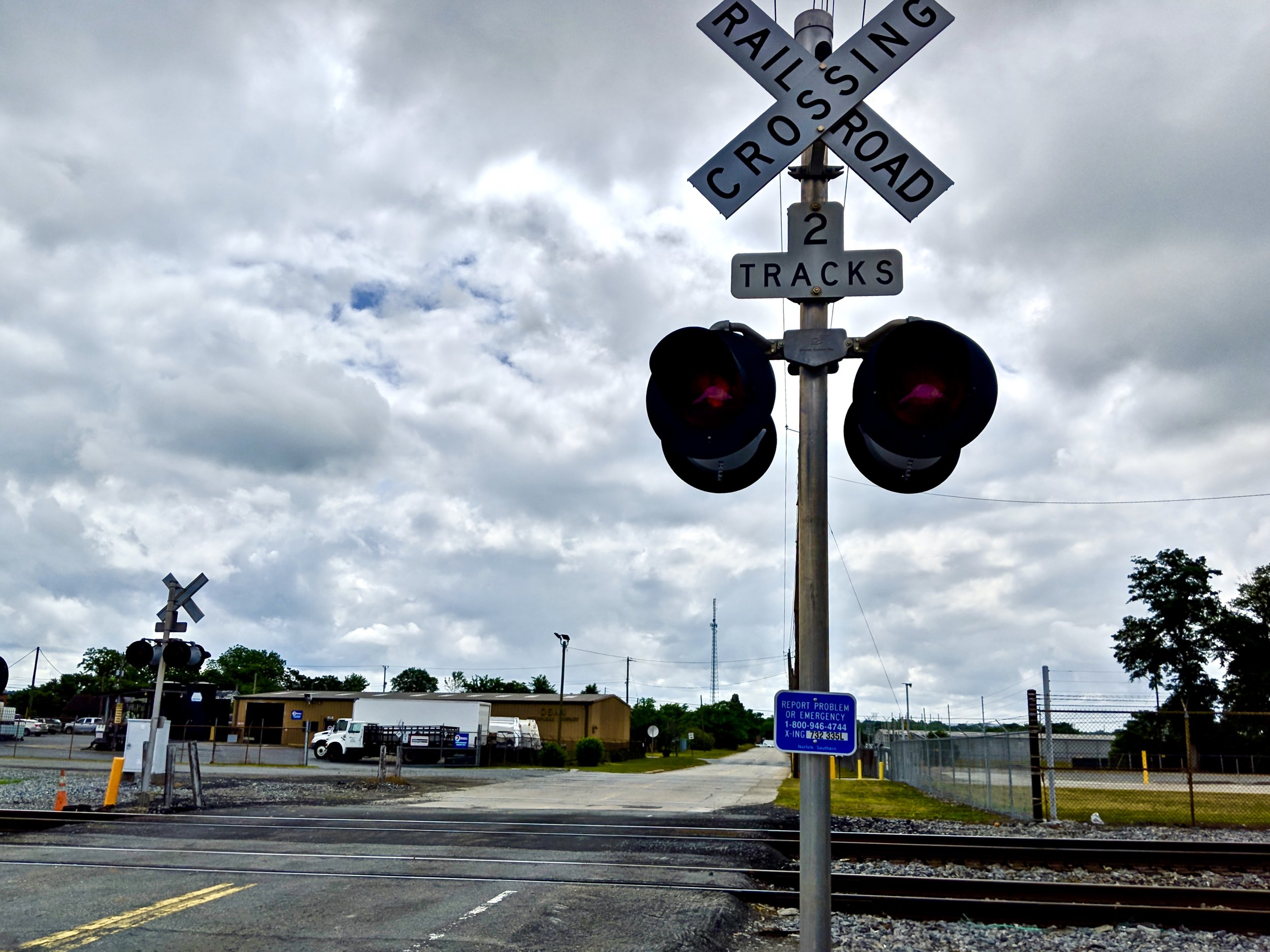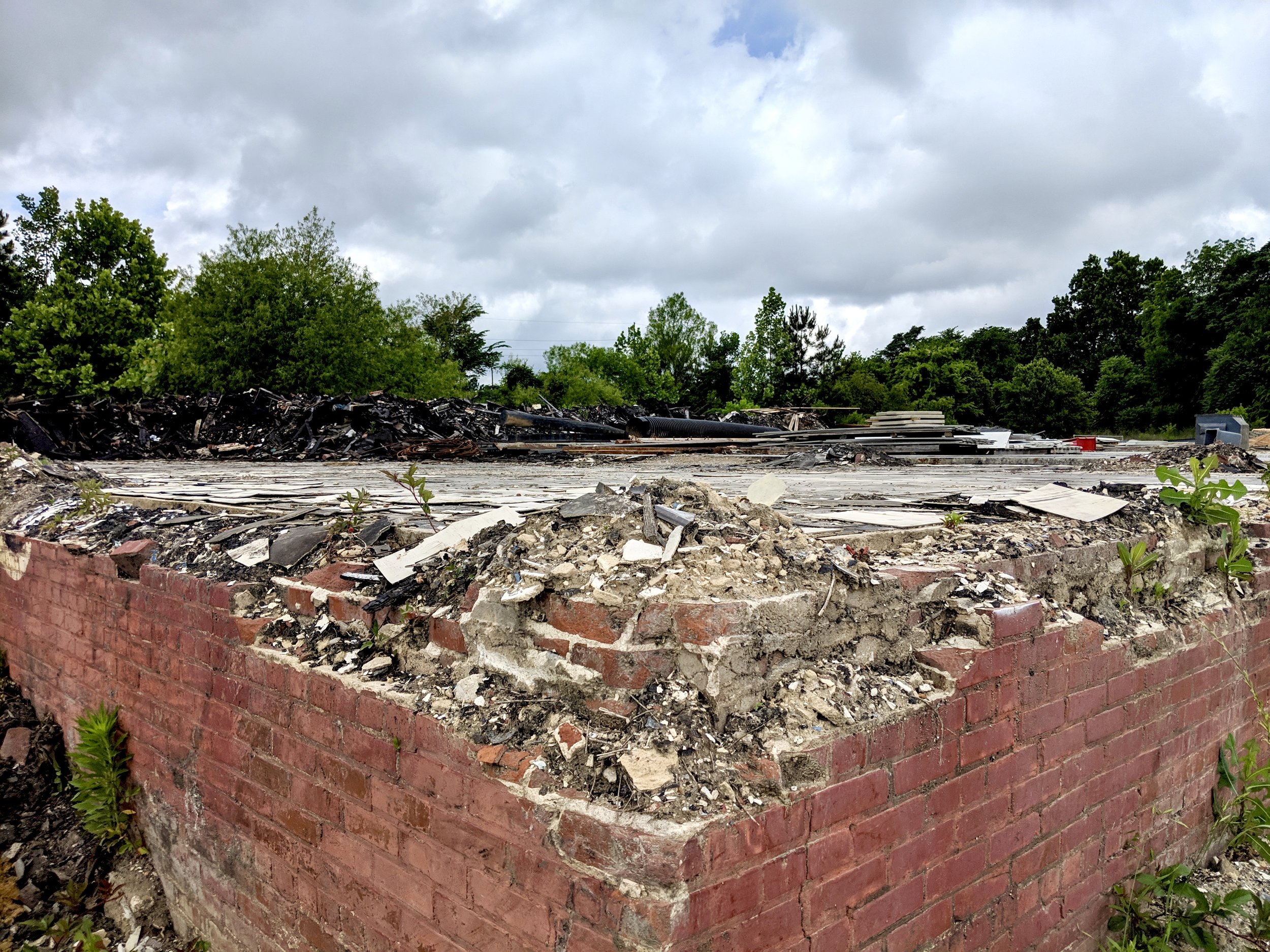When you hear the word Tybee, you probably think of the beach. I did too. That is until my friend Nancy told me about Macon’s Tybee neighborhood.
“My family is from Macon. They lived in Tybee. My mom was born there. So, I’m a Maconite by birth.”
As I listened to her, it was clear I was missing something. Tybee in Macon? Having transplanted to Macon when I was young but having no real roots here, I feel like a Maconite on some days and an outsider on others. At that moment, Nancy was clearly more Macon than I was.
Lunch that day was the beginning of an ongoing conversation about this neighborhood on the outskirts of downtown in Macon’s past that has vanished from the map and, in many cases, from the narrative.
It didn’t take much digging to find an award-winning Telegraph feature from 2005 by S. Heather Duncan. In it, Duncan interviewed Maconites who once called the neighborhood home. The Sunday morning cover story spanned a full five pages and included a map, historic and present-day photos, and chronicled the deconstruction of the neighborhood. (It’s still available to view at the Washington Memorial Library!)
So how could an entire neighborhood just disappear? Well if you haven’t guessed, Tybee’s residents were African-American. One look in the rearview mirror of U.S. history shows us it is not uncommon for non-white neighborhoods to be targets of systematic oppression in one form or another. Duncan reports that “Tybee was likely one of Macon’s first black settlements, probably founded between 1820 and 1850.” As a reminder, slavery was not legally abolished until 1865 when the 13th amendment was ratified. 100 years after which, the U.S. operated under segregation. Tybee was considered an entry point to the city for those leaving the farms and plantations that had once considered them part of the estate. The founders of Tybee were building something from nothing in the swampland on the other side of the tracks.
As I continued my pursuit to understand what really happened to Tybee, I met with Alice Bailey. Having spent time with her cousins in the neighborhood as a child, she generously shared stories of her girlhood on front porches there. Today we associate the area in and around Bay and Hazel Streets as the downtown industrial district, but during its formation, it was a residential area. “The people were there first,” Alice told me, “the industries sprung up over there because it was near their target work-force. Transportation wouldn’t be an issue.”
Under the banner of urban renewal, the neighborhood was deconstructed during the 1960s, displacing its residents throughout Macon. Considering the buses didn’t run to Tybee, this often meant that Tybee residents were losing their homes and their jobs. Cycling through the area last week, I saw neglected structures, skeleton foundations that had clearly suffered a fire, empty fields, and a single house on Elm Street. If you don’t know about Tybee, you would never suspect this had once been the lands of a thriving community.
Often times, preservation is strictly thought of in terms of brick and mortar. But what about when the buildings are gone? As we began planning Preservation Month activities for this year, it was clear to me something should be done to highlight the hidden history of Tybee. A history that is at risk of being lost from Macon’s memory. Though only one lone house remains from Tybee, the stories endure. Stories of commerce and kinship and craft. Stories of family and loss and fear. Stories worth preserving. Stories worth hearing. Stories worth sharing.
We can all be a part of expanding Macon’s narrative. We can all be keepers of this history. By listening to the stories of those from Tybee, you become a part of preservation.
If you want to learn more about Tybee and what once was, join us this Preservation Month for Wrong Side of the Tracks: Panel on Macon’s Tybee Neighborhood. The panel consists of former residents, individuals connected to the community, and historians.
Click here for a live recording of the panel that took place in 2019.




